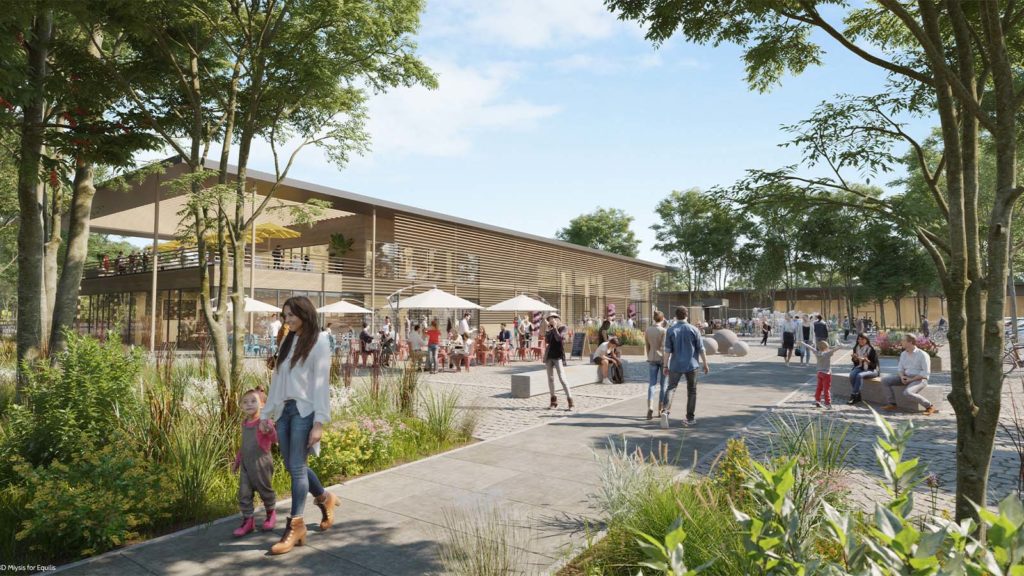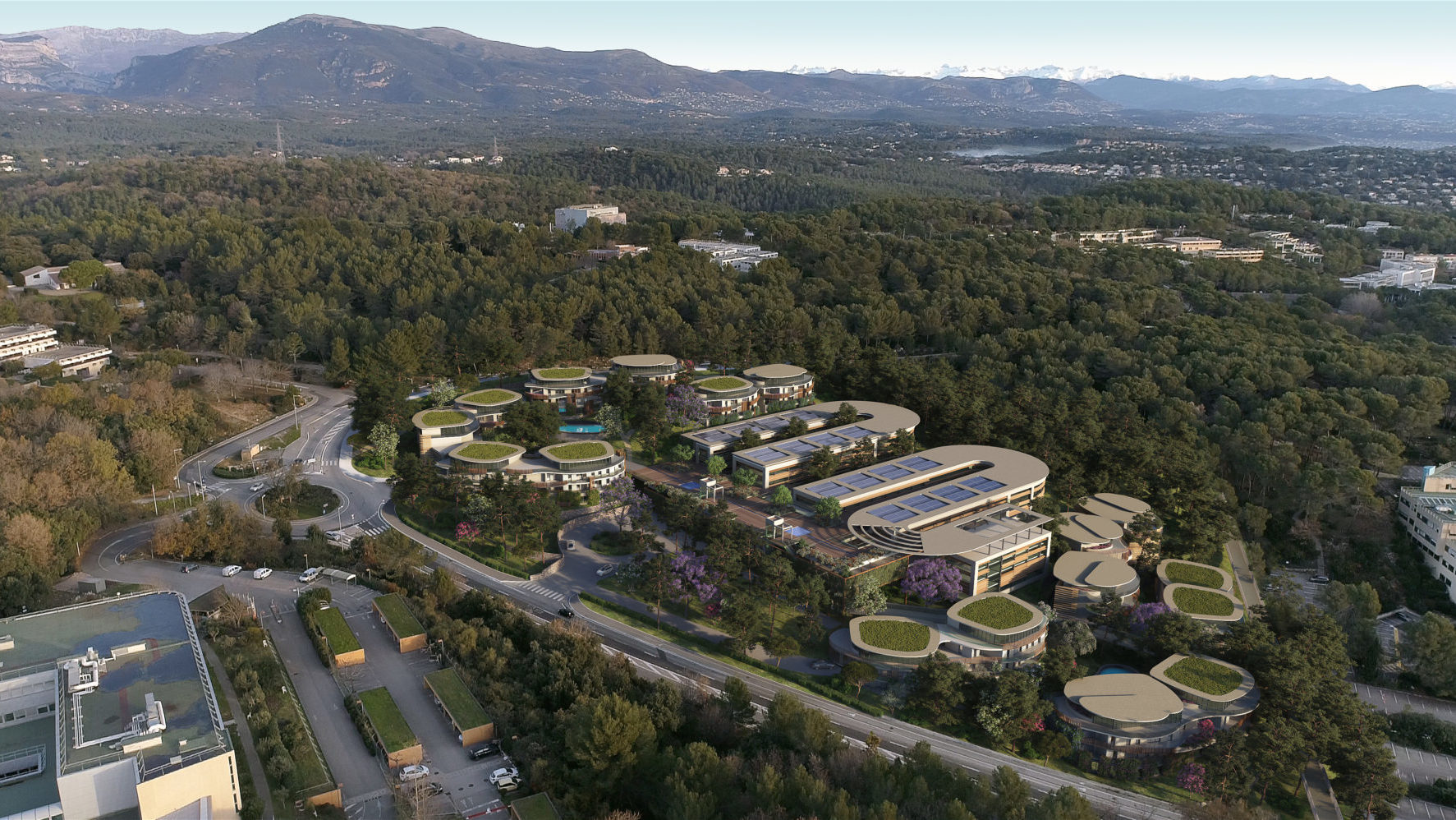
The concept of the ’15-minute city’ aims to bring services closer to residents in order to promote urban well-being, but also ecology. Focus on this trendy concept, and on how it is applied and can become a link.
Ottawa, Copenhagen, Melbourne, Paris… Several major world metropolises are now developing based on the idea of the ’15-minute city’. This concept is based on a spatial organization in which residents have access to essential functions such as living, working, shopping, healthcare, education and personal development within a maximum of 15 minutes on foot or by bicycle.
The idea is not new in the world of urban planning, but it resurfaced in 2016 thanks to the work of Carlos Moreno, an associate professor at the Paris Institute of Business Administration. It was also highlighted by the health crisis. The 15-minute city concept is topical because it is part of the answer to societal changes such as ecological and digital transitions, but also demographic increase. This population growth is mainly concentrated in metropolises because many citizens now want to have access to a place of work, shops and other facilities without becoming a constraint in terms of time and cost.

By combining a mix of functions and their proximity, the 15-minute city not only makes life easier for residents but also helps combat social inequalities and global warming – in particular by promoting soft mobility.
According to Laurent Tirot, CEO of Equilis France, it would be simplistic to limit it to these few benefits: “This concept is also sometimes called the ‘desirable’ or ‘happy’ city, and in my opinion, it is the desire to recreate links in real estate operations that is central. By using proximity, mixed uses and residential paths, we are seeking above all to ensure that people enjoy a quality urban experience.”
Multiple centralities
As Carlos Moreno, the professor who studied the concept, explained, the quarter-hour city is not a magic wand: the concept must be adapted to the particularities of each place, each city. That’s why it’s necessary to think about the projects and their functions in consultation with local authorities and by analyzing the area where you want to set up.
“Growing metropolises no longer have one but many centralities,” says Laurent Tirot.
“The challenge of urban development today is to deploy these centralities and determine how new projects can fit into them while meeting local needs.“

A concrete example of this approach is Monteux in the South of France where Equilis is participating in a new joint development zone in consultation with the city. As more than 400 housing units are to be created, a commercial hub called Horizon Provence will also be created to offer residents services close to home. The ‘La Canopée’ project will also combine 13,000 square metres of office space with 245 housing units in the heart of the Sophia Antipolis technology park. By integrating residential units into this area mainly intended for offices, the developer is adding a complementary function and giving workers the opportunity to avoid commuting. The two key elements of the 15-minute city are mixed use and proximity.
